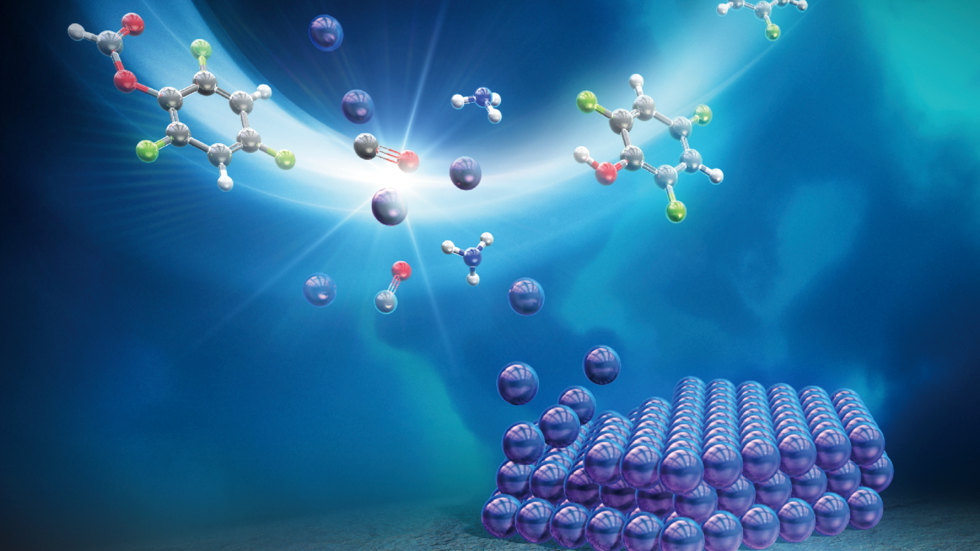A team of researchers from Nagoya University’s Institute for Future Materials and Systems in Japan has created a novel “one-pot” technique for producing nanosheets using less rare metals. Their research ought to make the process of producing energy more environmentally friendly. The study was reported in the journal ACS Nano.
 The ‘One-pot’ Nanosheet Method Catalyzing a Green Energy Revolution. Image Credit: Minoru Osada
The ‘One-pot’ Nanosheet Method Catalyzing a Green Energy Revolution. Image Credit: Minoru Osada
The creation of clean energy is crucial because it aids in the mitigation of global warming and the establishment of a civilization that is carbon-neutral. Palladium (Pd)-based hydrogen catalysts are one possible clean energy source. Pd is used by industries in electrolysis to extract oxygen and hydrogen from water. After this, electricity is produced using the hydrogen in fuel cells. Water is the sole byproduct.
Pd is frequently utilized as a catalyst in the form of spherical “nanoparticles.” However, a thinner, flatter surface would need fewer precious metals and provide the reaction with more surface area.
A novel method for producing Pd nanosheets has been devised by the research group led by Minoru Osada at Nagoya University. The “one-pot method” got its name from the fact that it can be completed in a single glass container. The resultant sheets were comparable in size to a single molecule or DNA strand due to their very thin (1~2 nm) structure.
Our newly developed method is a safe, simple, and energy-saving process. Nanosheets can be synthesized at a low temperature of 75 °C in a single hour with no special reaction vessel. Although the conventional synthesis method struggles to synthesize nanosheets with a uniform thickness and size, our one-pot method can easily do this.
Minoru Osada, Professor, Institute of Materials and Systems for Sustainability, Nagoya University
These nanosheets provide significant advancements over current technologies.
Osada added, “Our 2D nanosheets have 2.8 times more surface area than spherical nanoparticles because of their sheet-like shape. They had over twice the catalytic activity of the current generation of hydrogen evolution catalysts in performance tests.”
This study has tremendous potential for transformational effects since hydrogen reactions are crucial for several sectors. Osada expressed optimism that a variety of companies, in addition to renewable energy, will make use of the new Pd nanosheets.
He concluded, “To date, Pd nanoparticles have been widely used as important catalysts for various chemical reactions ranging from gas purification to pharmaceutical synthesis. Pd nanosheets may potentially replace conventional Pd catalysts and revolutionize these processes.”
Journal Reference:
Ando, S., et. al. (2023) Facile Synthesis of Pd Nanosheets and Implications for Superior Catalytic Activity. ACS Nano. doi:10.1021/acsnano.3c07861